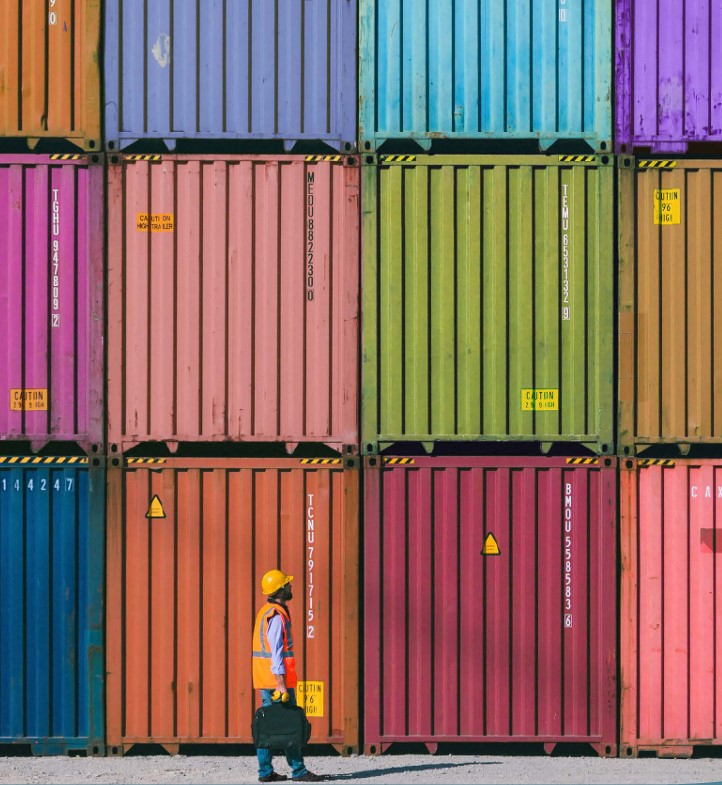Opportunities for Procurement Technology
As we look toward 2025, European businesses are reshaping their supply chains to navigate an increasingly complex global landscape. A recent report by Maersk and Reuters Events highlights that 68% of companies are making supply chain visibility and monitoring solutions a top priority. The drivers behind this focus are clear: global disruptions like the COVID-19 pandemic, geopolitical instability, and ongoing conflicts have exposed vulnerabilities in supply chains worldwide.
This blog explores the key insights from the report and reflects on how procurement technology can be a game-changer in addressing these pressing priorities.
1. The Visibility Challenge: Why Seeing Clearly Matters
A major insight from the report is the visibility gap, particularly with tier 2 and tier 3 suppliers. While companies have robust visibility over their inventory and warehousing (99%), this drops to a stark 20% when it comes to their deeper supplier networks. These blind spots make it harder to mitigate risks and maintain efficient operations.
What This Means for Procurement: Procurement teams need tools that provide real-time tracking and end-to-end transparency across the supply chain. Bridging the visibility gap not only improves operational efficiency but also ensures faster, more informed decision-making when disruptions strike.
2. Discover the Power of Analytics
The report underscores the importance of analytics, with 51% of companies investing in this area. Supply chains generate immense volumes of data daily, but without effective tools, this data remains underutilized.
Why Analytics is Crucial: Analytics transforms raw data into actionable insights. By analyzing patterns in supplier performance, inventory levels, and delivery timelines, procurement teams can anticipate disruptions, optimize stock levels, and reduce waste.
3. Building Resilience with AI and Automation
Artificial intelligence (AI) and machine learning (ML) are no longer futuristic concepts; they’re practical tools that are reshaping supply chains. In fact, 36% of companies in the report are focusing their investments on AI, recognizing its potential to automate processes and improve decision-making.
The Takeaway for Procurement: AI can automate repetitive tasks, like processing purchase orders or evaluating supplier bids, freeing up teams to focus on strategic priorities. Additionally, machine learning can identify trends and predict supply chain disruptions, helping businesses adapt before issues escalate.
4. Sustainability: A Strategic Imperative
Sustainability isn’t just a buzzword; it’s becoming a business necessity. Yet, the report highlights that only 52% of companies have tools in place to track emissions throughout their supply chains. This is a significant gap, especially as consumer and regulatory pressures intensify.
How Procurement Can Lead the Way: Procurement technology can enable businesses to measure and manage their Scope 1, 2, and 3 emissions, helping them align with environmental regulations and build greener supply chains. Moreover, optimizing procurement processes can reduce energy consumption and minimize waste.
5. Collaboration: Breaking Down Silos
Efficient data sharing remains a stumbling block for many organizations, with fragmented systems and siloed information hindering collaboration. According to the report, 80% of high-performing companies excel at sharing data with partners and suppliers.
Why This Matters: Strong partnerships are the backbone of resilient supply chains. By streamlining communication and using tools like APIs or EDI, businesses can foster better collaboration and achieve real-time synchronization with suppliers and logistics providers.
Looking Ahead: The Role of Procurement Technology
The challenges highlighted in the Maersk report reflect a broader shift in how businesses approach supply chain management. The focus is no longer just on cost-cutting but on resilience, agility, and sustainability. Procurement technology is uniquely positioned to address these needs by offering tools that enable better visibility, smarter decisions, and stronger collaboration.
As we move into 2025, investing in the right technology won’t just be a competitive advantage; it will be essential for navigating an uncertain world. Let’s embrace this opportunity to build robust and future-ready supply chains.




